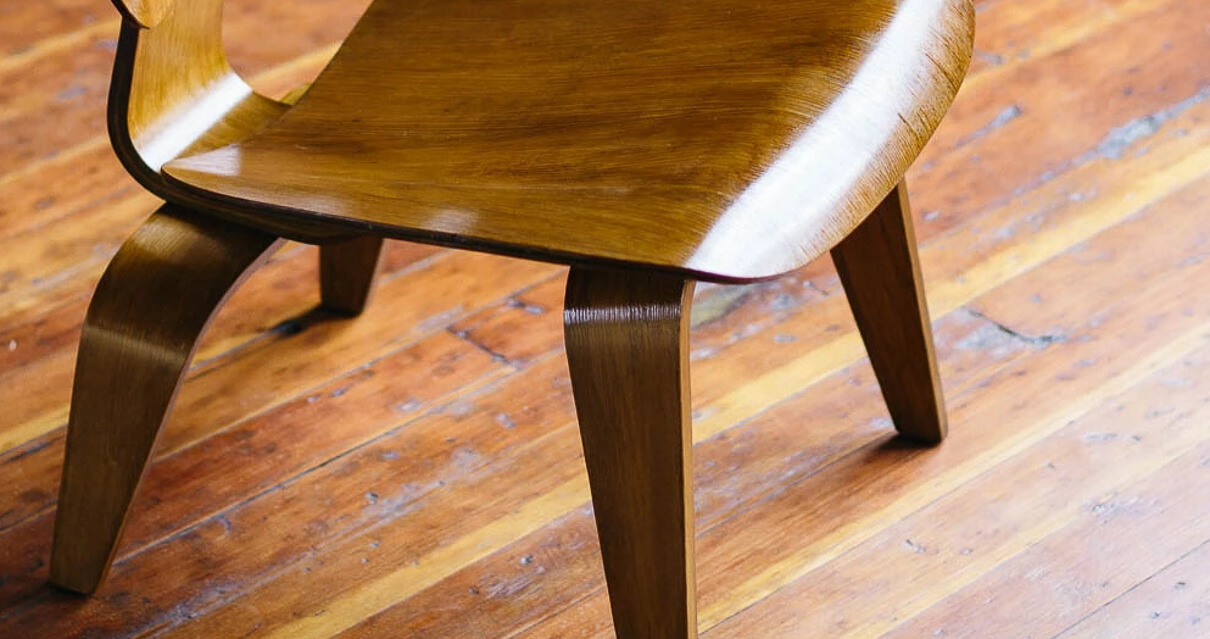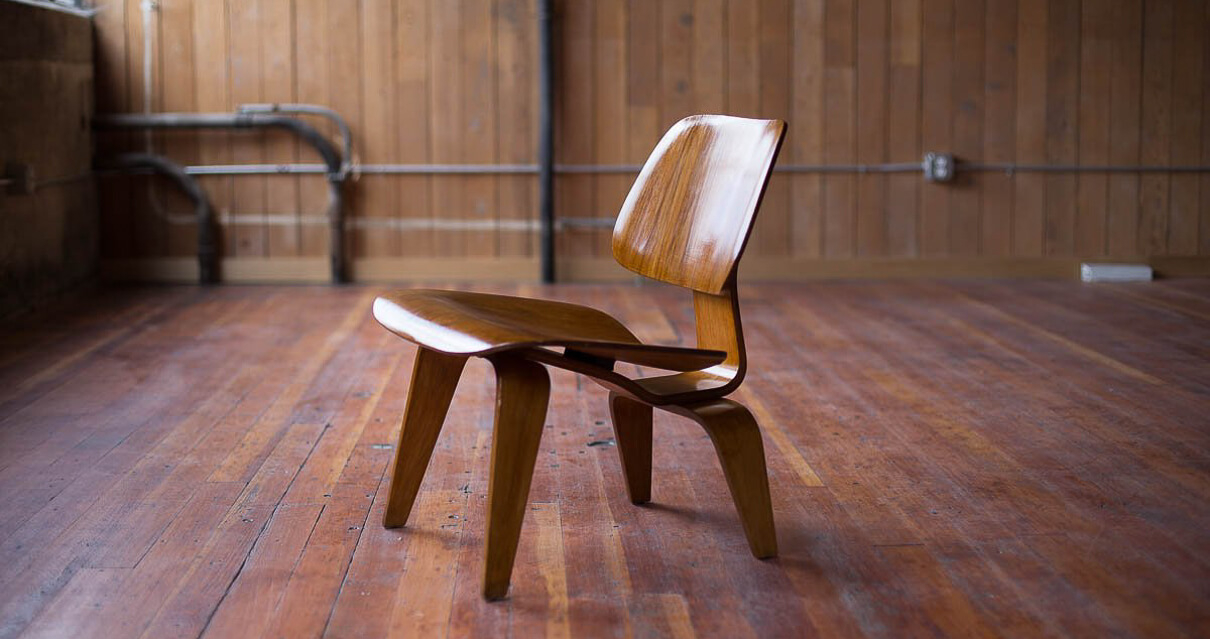Matt Pierce, founder of Wood & Faulk has restored an original Eames LCW Chair to… somewhat… of its former glory.
We all dream of that yard sale Rolex find or coming across a Big E on eBay for 20 bucks. What about an old, waterstained plywood chair? Probably not what everyone gets excited about. But Matt Pierce from the Portland-based Wood & Faulk has sharp eyes and some real DIY skills. He recognised the chipped, stained and scratched chair as an original Eames LCW. And he knew he could bring it back to life.
A design classic
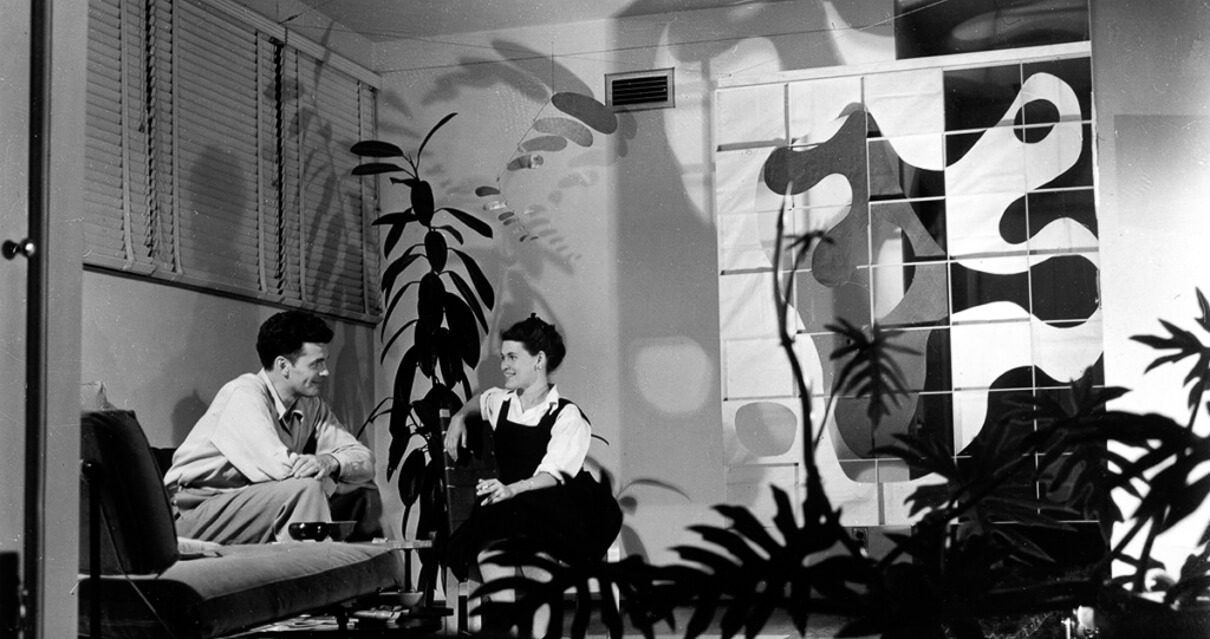
The Eames LCW Chair (the LCW standing for Low Chair Wood) was designed by the famous husband and wife team Charles and Ray Eames. Charles Eames had spent a great deal of time designing and developing techniques to bend and mould plywood into complex compound curves. He put these techniques to good use during World War II by using them to make wooden splints for the US armed forces. The chair utilized many of the techniques he pioneered and was the development of a design he had done together with architect Eero Saarinen. Released in 1946, the LCW was a word away from the bulky, heavily upholstered furniture of the time. It was a great success. It has been in constant production by Herman Miller in the US and Vitra in Europe ever since.
He paid how much for it!?
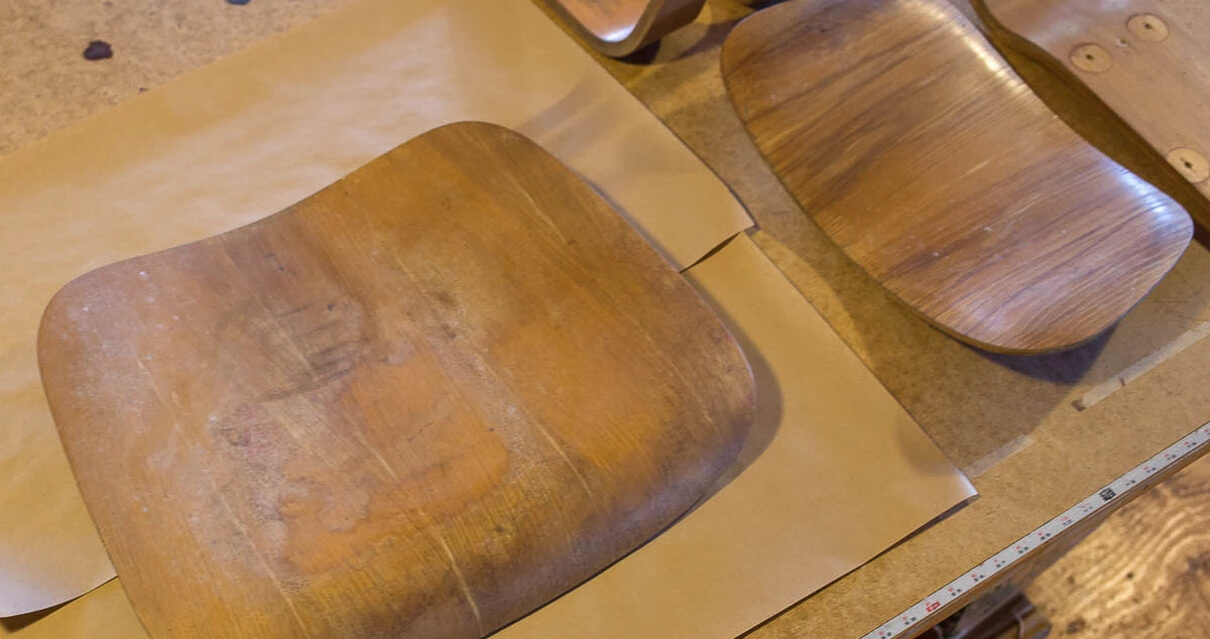
Matt came across the chair in a Kansas junk shop and put down the hefty sum of $30 for it. He broke it down and posted it off to Portland. There it sat for over a year till he found the time to give it a little TLC. Due to the chairs poor condition, Matt opted for a light restoration. There was no way he would get it back to pristine and in the end, this was a piece he wanted to use without the worry of making the first scratch.
Gentle does it
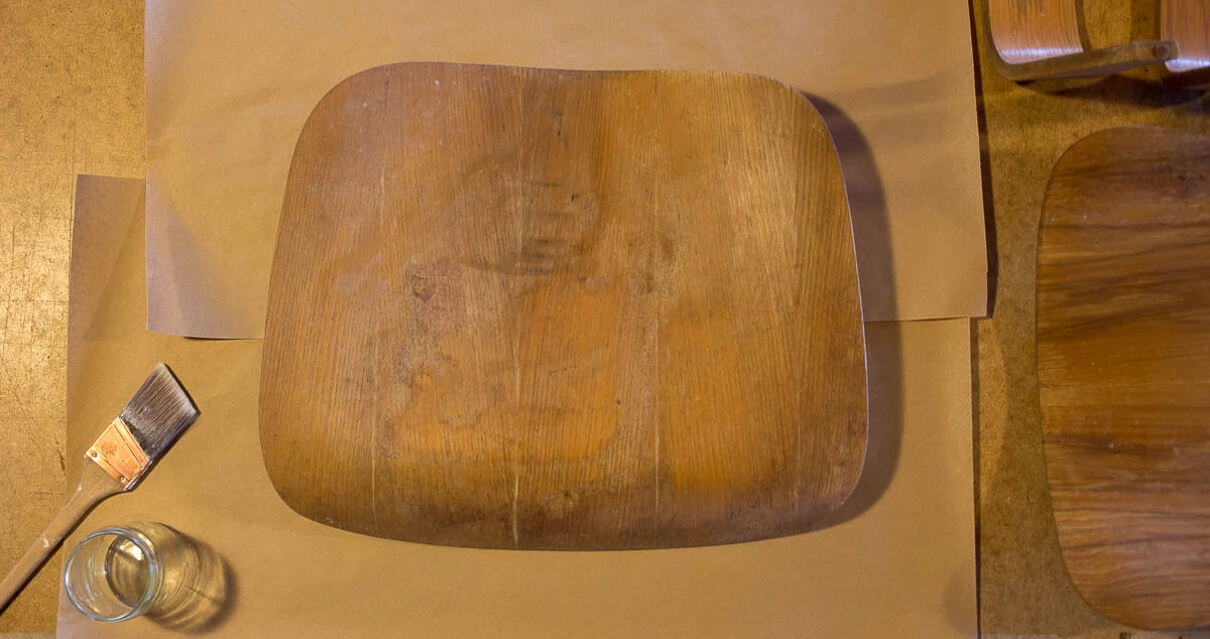
The varnish finish was almost all gone and watermarks and mould were set deep into the grain. He went at it with some fine sandpaper to remove what little varnish remained. He had to be careful. Plywood is made up of many thin layers of wood glued and sandwiched together, so heavy sanding would go right through the layers.

Next up he got busy with the oxalic acid. Basically, bleach for wood. Coat after coat went on until the dark spots caused by water damage were slowly fading. They were never going to disappear completely, the damage was just too much but it did go a long way to evening things out. And hey, the damage was part of the chair’s history, you don’t want to remove that completely.
Bringing back the rich tones of the wood
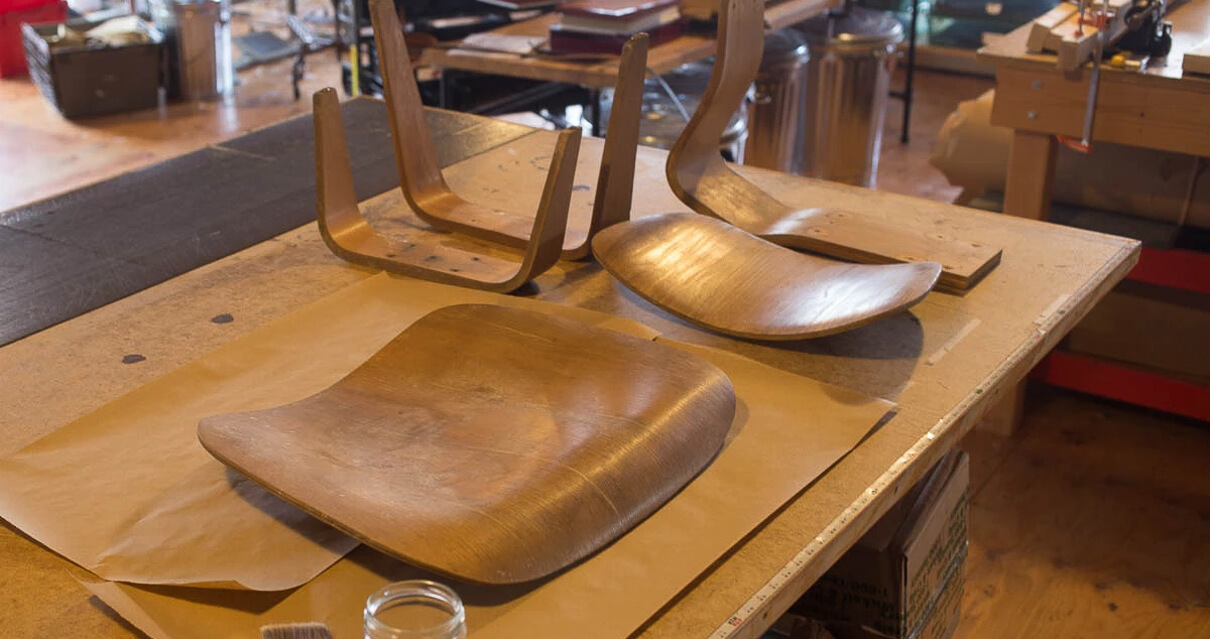
To finish and protect the wood, Matt opted for amber shellac. The Amber tint would bring back the tone of the wood removed by the bleaching and cover up the stains somewhat. Matt added the shellac In three thin layers, building up a rich tone and creating a unique look.

Then it was simply a case of putting the whole thing back together. A little glue on the rubber shock mounts fixed them back in place and it was good to go. As Matt says…
“Not a fine furniture level finish, but just the right amount of restore to provide another 50 years of constant use.”
